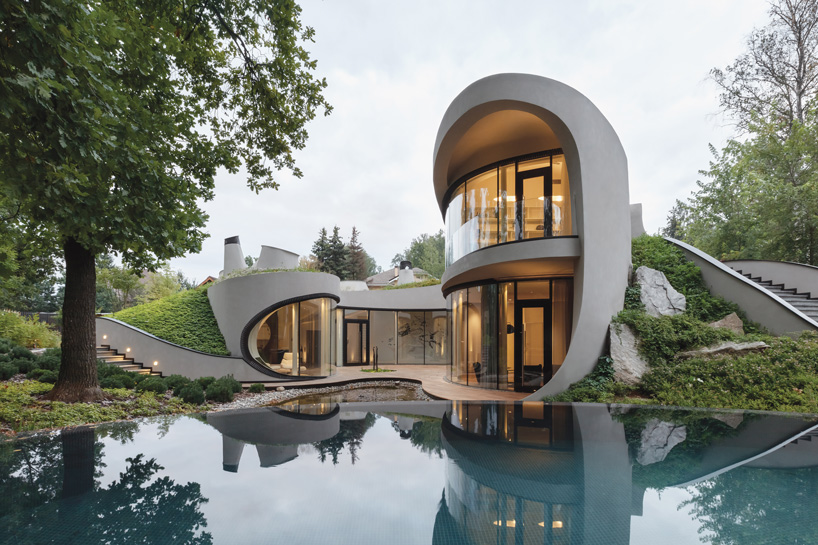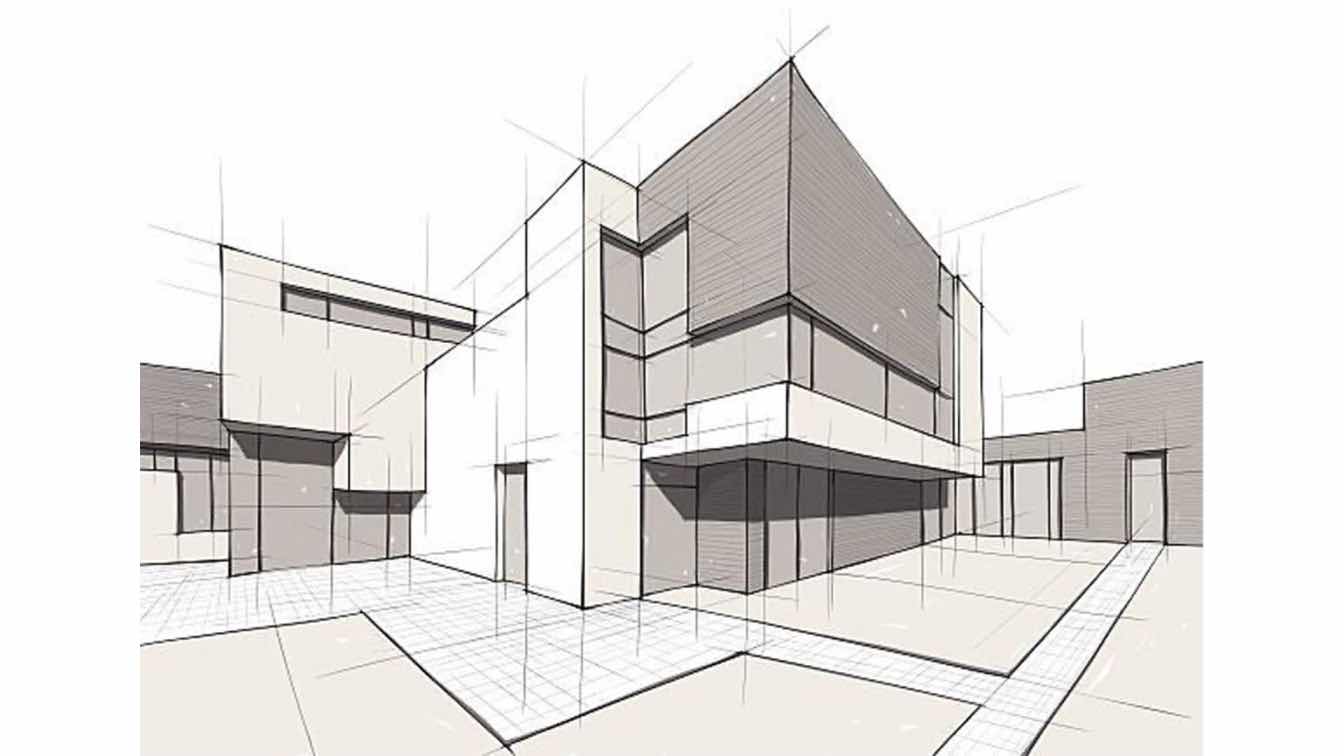The Impact of Technological Developments on the Style Practices of Contemporary Architects
The rapid development of technological devices has considerably improved the design landscape for contemporary designers, fostering extraordinary levels of innovation and sustainability. The assimilation of Building Details Modeling (BIM), parametric design, and expert system has not only structured collaboration amongst diverse teams however likewise redefined project execution. As engineers accept these advancements, they are faced with complex obstacles that could affect their creative procedures. Checking out these dynamics discloses a nuanced interaction between modern technology and standard style methods, prompting a better assessment of what the future holds for architectural practices.
Development of Architectural Tools
How have building tools transformed the layout and construction procedures over the centuries? The evolution of architectural tools has actually substantially impacted the performance, precision, and imagination of design and construction. In ancient times, engineers count on fundamental tools such as plumb bobs, gauging poles, and basic geometry to develop frameworks. These tools laid the foundation for early building method, permitting the construction of renowned frameworks, albeit with restrictions in precision and intricacy.
With the introduction of the Renaissance, the intro of the compass and the protractor marked a pivotal shift. These tools enabled designers to achieve higher precision in their layouts, facilitating the appearance of even more intricate and proportional buildings. The Industrial Revolution additionally revolutionized architectural experiment the introduction of mechanized tools and products, allowing for larger and more enthusiastic projects.
In the 20th century, the advancement of computer-aided layout (CAD) software program transformed the landscape as soon as again, supplying engineers with extraordinary abilities in modeling and visualization. Today, advanced tools such as Building Information Modeling (BIM) and parametric style software application continue to press the borders of architectural technology, making it possible for an extra incorporated technique to style and construction procedures.
Improved Partnership in Design
As modern technology proceeds to advance, enhanced cooperation in layout has come to be a cornerstone of modern architectural technique. The combination of electronic tools such as Building Information Modeling (BIM), cloud-based systems, and advanced visualization software program has actually changed the method engineers, engineers, and stakeholders connect throughout the style procedure. These tools facilitate real-time communication, enabling teams to share concepts, adjustments, and feedback immediately, despite geographical area.

In addition, interdisciplinary collaboration has been streamlined through these technological innovations, making it possible for engineers to function much more very closely with other experts, such as metropolitan planners and environmental professionals. The result is a more natural method to develop that takes into consideration different point of views and proficiency. Ultimately, enhanced partnership in design is not merely a pattern; it is important for producing cutting-edge, useful, and aesthetically pleasing style in an increasingly intricate globe.
Sustainability Through Innovation
Sustainability in architecture has increasingly read the full info here come to be linked with technical innovation, driving the sector toward environmentally responsible practices - cda architects. Contemporary engineers are leveraging advanced technologies to minimize ecological effect while boosting the efficiency of buildings. One popular example is the usage of Structure Info Modeling (BIM), which permits accurate preparation and resource allotment, lowering waste during building and construction and promoting power effectiveness throughout a structure's lifecycle
Additionally, clever products and energy-efficient systems are being incorporated into layouts to optimize resource use. Technologies such as solar batteries and environment-friendly roof covering systems harness sustainable energy sources, adding to lowered carbon impacts. In addition, the application of fabricated knowledge in layout processes makes it possible for engineers to imitate and assess energy usage, directing choices towards more lasting results.
The integration of sustainable technologies not just lines up with global environmental objectives however also satisfies a raising demand from consumers for environment-friendly solutions. As engineers embrace these developments, the emphasis changes in the direction of producing areas that are not just visually pleasing however also functionally sustainable, therefore redefining the criteria of contemporary architecture. This way, technology functions as a stimulant for sustainability, allowing designers to design structures that regard and enhance the all-natural setting.
Difficulties in Implementation
While technological advancements in style hold great assurance for improving sustainability, their implementation often runs into considerable challenges - cda architects. One key barrier is the high discovering curve related to new modern technologies. Designers and building professionals might require comprehensive training to effectively use advanced software program and devices, which can postpone job timelines and increase prices
Additionally, the assimilation of arising innovations, such as Structure Information Modeling (BIM) and sustainable products, typically demands collaboration throughout multidisciplinary groups. This collaboration can be hindered by distinctions in know-how, workflows, and communication designs, resulting go to my blog in possible problems and ineffectiveness.
Financial restraints further make complex the fostering of innovative innovations. Lots of building firms, particularly smaller ones, might do not have the resources to buy cutting-edge tools, limiting their capability to complete with larger firms that can pay for such financial investments.
Moreover, regulative structures and building regulations may not equal technological advancements, producing uncertainty and possible conformity concerns. This difficulty can inhibit engineers from totally accepting brand-new technologies, as the danger of non-compliance may outweigh the advantages. Addressing these application difficulties is critical for the effective combination of technological improvements in modern architectural methods.
Future Fads in Architecture
The challenges connected with the implementation of brand-new modern technologies in architecture have actually motivated a reevaluation of future patterns within the sector. As designers browse problems such as sustainability, urbanization, and social equity, they are increasingly adopting cutting-edge modern technologies to boost design performance and environmental efficiency.
One popular pattern is the combination of expert system (AI) in the style process. AI devices can evaluate large datasets to inform design choices, boosting both creativity and capability. In A Similar Way, Building Information Modeling (BIM) continues to advance, making it possible for real-time partnership amongst stakeholders and promoting streamlined job administration.
Sustainable style methods are likewise acquiring momentum, with engineers concentrating on adaptive reuse and regenerative style principles that reduce resource consumption and waste. The unification of wise products and eco-friendly power resources will additionally boost the durability of structures when faced with climate adjustment.

Verdict
Technological advancements have actually substantially improved building style methods, helping with enhanced precision, collaboration, and sustainability. The assimilation of devices such as Structure Details Modeling and parametric layout software application, together with artificial intelligence and clever materials, encourages architects to resolve complicated difficulties a lot more properly.